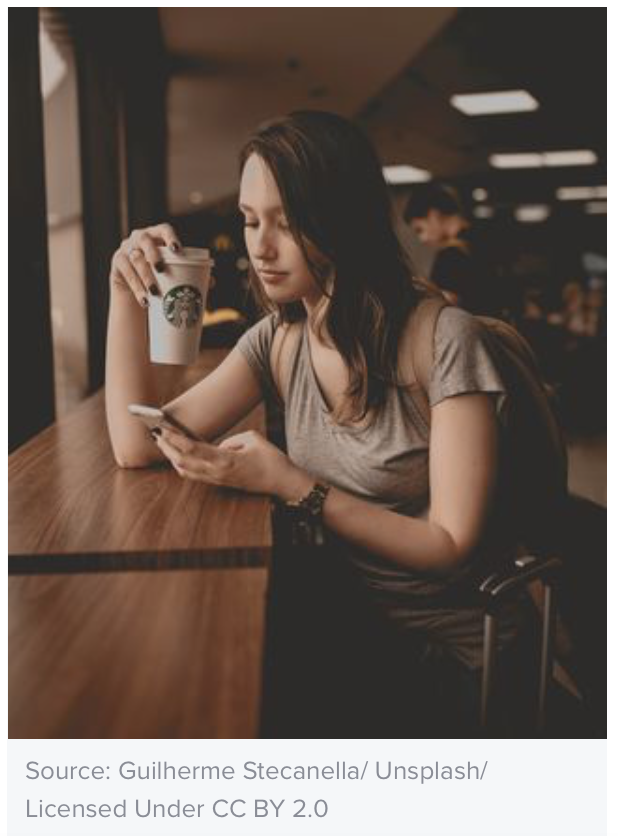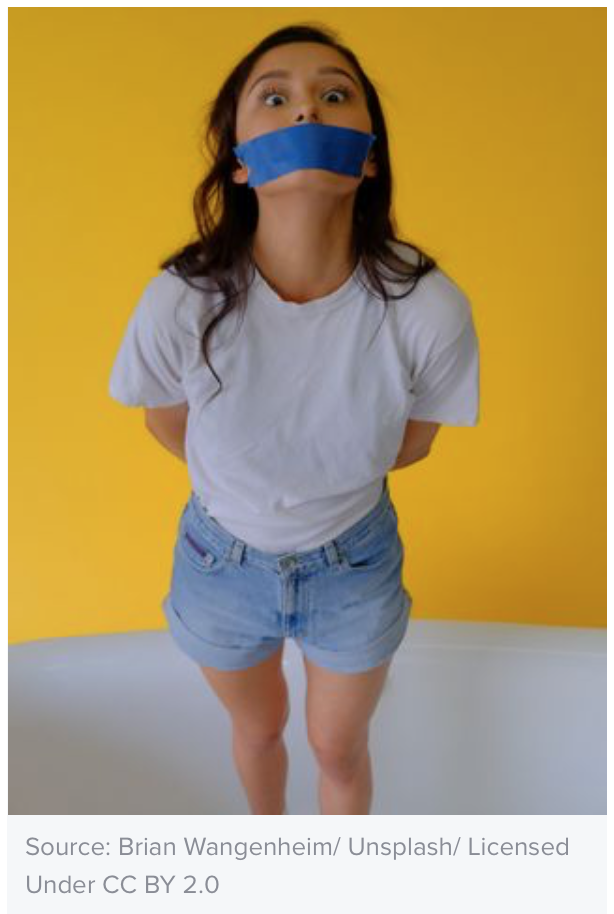Release time: 2020-05-13 16:02
5 Reasons Why the Plandemic Video Went Viral So Quickly
Both deliberate and chance aspects are leading to the video's rapid popularity.
"Many young people have absorbed a YouTube-centric worldview, including rejecting mainstream information sources in favor of platform-native creators bearing "secret histories" and faux-authoritative explanations." – Kevin Roose.
Have you seen the Plandemic video? I hardly ever watch these types of videos, but I admit I saw it. Ever since it was released on May 4, the Plandemic video has spread far more rapidly than the Coronavirus. It's a 26-minute long interview of Dr. Judy Mikovitz (who I shall call the "protagonist" henceforth) by a professional filmmaker named Mikki Willis.

By answering a series of carefully-worded questions and prompts, the protagonist raises questions about widely-accepted tenets such as the critical value of a Coronavirus vaccine and casts doubt on the motives and actions of key government advisors, academic institutions, and pharmaceutical companies in causing and managing the pandemic.
The purpose of this post is not to discuss the merits of the assertions in the video. This has already been done well elsewhere. Instead, I want to tackle a fascinating psychological question about its rapid popularity: Of the dozens of videos with similar content and claims that are posted every day on social media platforms, why did the Plandemic video go viral and spread so rapidly and widely? I want to offer five reasons.
1. The video meticulously creates an aura of authenticity.
Perhaps the greatest challenge for any content in today's crowded media environment is to overcome the authenticity hurdle. Skeptical viewers must not only believe the content's validity but also trust the producer's expertise. This video tackles this challenge head-on. First, because of its slick production values, the video appears to be made by professionals. Then, starting with the introduction, when the protagonist is introduced as the author of a Science article, her credentials are referenced throughout (part of the team that isolated HIV, worked in USAMRIID, etc.). Furthermore, the video presents information that seems plausible and factual to viewers who may be on the fence about its claims. Equally important, the video repackages opinions that are already strongly endorsed by a substantial number of Americans. The video comes across as authentic to a large number of initial viewers. And as marketers know all too well, perceptions of authenticity lead to engagement and sharing.
2. The protagonist tells a compelling and persuasive story.
Carefully constructed stories are captivating and persuasive. They contribute to the content's authenticity. In the video, the protagonist's story has at least four structural elements that make it compelling: (1) a narrative with ups and downs (she makes a discovery, gets falsely accused, etc.); (2) her portrayal as a persecuted hero, a role that viewers can readily identify with from popular movies, TV shows, and books; (3) sharply defined heroes and villains; and (4) a storyline in which the hero falls from grace and is redeemed in the end. The well-crafted narrative makes it difficult for viewers to stop watching and increases the chances of social media sharing.
3. The narrative is designed to generate intense, negative emotional responses from the viewer.
Instead of a bland, straightforward presentation that leaves the viewer to make a rational assessment of the information, the interview's emphasis is on generating intense, negative emotional responses from the viewer. They include sympathy for the protagonist, outrage on her behalf for her mistreatment, anger at the nefarious, powerful villains portrayed, and fear and anxiety about the future. Over decades of research, communications psychologists have found that arousing intense negative emotions, particularly fear, is a powerful way to engage the viewer. Emotionally intense, physiologically arousing content is also more likely to go viral.
4. The timing of the video's release coincided with a shift in public opinion away from self-isolating and shutdowns towards a partial opening of the economy.
It is not clear whether this was fortuitous or deliberate, but the video was released at a critical juncture in our day-to-day reaction to the pandemic. For nearly two months, many of us have been self-isolating, working from home, or dealing with job loss. At the beginning of May, many state governments started lifting shelter-in-place orders and allowed businesses to open. There was more discussion on traditional and social media about the need to consider the economic consequences of the shutdowns. More Americans, beyond the video's narrow target audience, were receptive to hearing different perspectives as they considered whether to begin a more active life or continue self-isolating voluntarily. The timing of the video's release was impeccable.
5. The video was immediately banned and taken down by mainstream media platforms like YouTube and Facebook.
If you search for news articles using the phrase “Plandemic video” at the moment, chances are that most of the top stories will be about the aggressive removal of the uploaded video from mainstream media platforms. In today's media environment where fake news can have significant ramifications, this is standard protocol. However, the aggressive and well-publicized taking down of the video also has unintended consequences, fueling the public's desire to watch it.
This phenomenon is well-known in communications psychology. Research on the forbidden fruit effect has found that banned media, such as a music album labeled as legally obscene, are seen as more attractive. The psychological mechanism behind this effect is reactance, and it works as follows.
When a powerful platform like Facebook, that is distrusted in many circles to begin with, takes down the video, many users will see this as an infringement of their freedom. ("Why is Facebook trying to control me?"). They will experience psychological reactance, which is an urge to rebel and restore the lost freedom. Instead of stifling interest, the aggressive take-downs and the surrounding publicity will serve to raise users' interest and motivation to watch and share the video. Combine this with the fact that the video is hard to find, and its scarcity stokes curiosity and makes it an even more attractive target.

As should be clear, this last driver of the Plandemic video's rapid virality is not orchestrated by its producer. It is a matter of the prevailing media environment that encourages censorship and caution. Under normal circumstances, I wouldn't have bothered to watch the Plandemic video. But the fact that every media article was actively discouraging readers from watching it and it was hard to find made me feel both curious and rebellious. In the end, the video's virality is fueled by its well-meaning opponents, who consider only the first-order effects of their actions. They fail to realize that publicizing, disparaging, and censoring controversial content will accelerate the very behaviors they are trying to stifle.

Utpal M. Dholakia, Ph.D., is the George R. Brown Professor of Marketing at Rice University.
psychology today